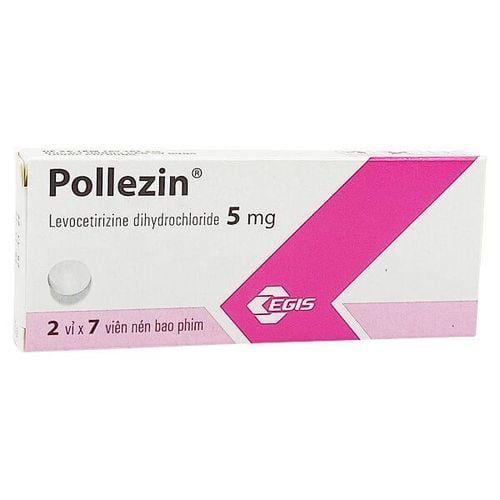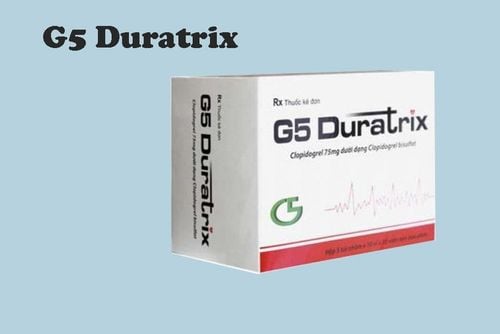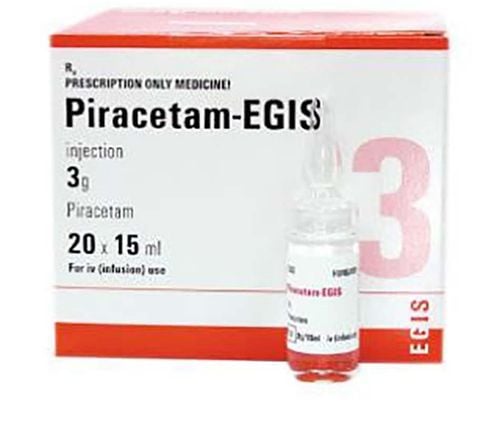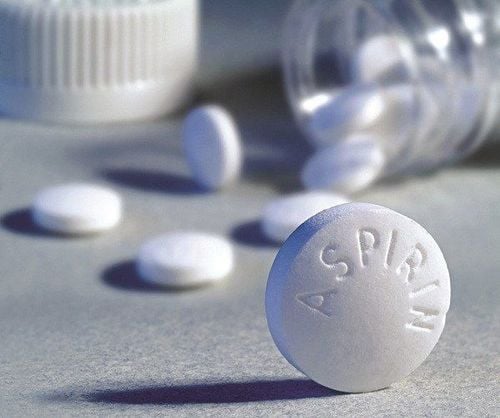This is an automatically translated article.
The article was professionally consulted by BSCK II Pham Thi Son - Department of Medical Examination & Internal Medicine, Vinmec General Hospital Hai Phong.
Cerebrovascular accident, today is very common not only in the elderly but also in young people. The disease leaves very serious sequels that affect their lives, making them unable to return to their previous work, they may not be able to speak, can't understand, can't move their hands, can't walk. ... However, although it is not possible to fully recover, the patient has the ability to recover from a cerebrovascular accident and can integrate into the community. It is important to know the factors that influence recovery from a stroke.
1. The sequelae after cerebrovascular accident
Cerebrovascular accident occurs when the blood supply to part or all of the brain is suddenly stopped, leading to brain damage. Depending on the part of the brain that is damaged, sequelae after a stroke can cause brain damage. The results will be different including:
Visual disturbances: If the patient has an occlusion of the central retinal artery or vein, it will cause retinal ischemia. The result is loss of vision on one or both sides. Sometimes occlusion of the ipsilateral carotid artery causes transient blindness (Fugax blindness). Cognitive disorders: This sequelae after stroke accounts for about 60% of patients, is one of the most severe sequelae. Patients with dementia, forgetfulness, do not recognize loved ones, lose the ability to orientate in time and space,... Language disorders: Caused by damage to Broca's area, the patient can't control the vocal system (vocal cords, lips, tongue...) to produce speech. Therefore, the patient has a slurred speech, changes in tone, stuttering, etc. Weakness or hemiplegia: This is the most common sequelae, accounting for about 90% of patients with cerebrovascular accident. The patient suffered from hemiplegia, paralysis of the limbs, and facial paralysis, affecting the patient's daily activities. Moreover, inactivity for a long time can cause many dangerous complications for patients such as skin sores, stiffness, respiratory infections, sometimes causing infections that can lead to death. Coma: Vegetative Human Phenomenon. Some other sequelae: Urinary incontinence, difficulty swallowing, constipation, ...
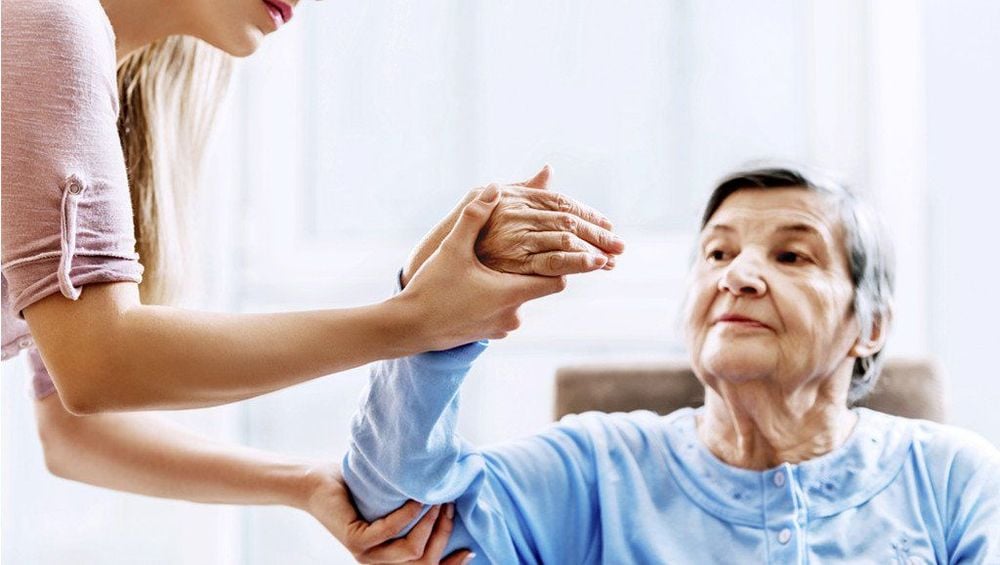
2. Factors affecting the recovery of cerebrovascular accident
Cerebrovascular accident and recovery are closely related. Rehabilitation will stimulate brain activity, increase the ability to develop axon dendrites of neurons, thus increasing the ability to transmit information from the brain to the periphery. Unlike the recovery of many other organs, the slow recovery of the nervous system usually begins to show signs of recovery from the 3rd week onwards after the stroke. But the recovery time of the nervous system can last 6 months. After 6 months, the neurological defects that do not recover are considered sequelae. People who have survived a stroke sometimes experience obvious, unexpected recoveries that can't be explained.
Factors affecting the ability to recover after cerebrovascular accident.
Early rehabilitation . The most important thing in this phase is to restore function to the patient as soon as possible, reducing the sequelae after the stroke. Rehabilitation should be comprehensive, early, and dependent on the stage of disease progression. In the acute stage of the disease, care occupies an important position, rehabilitation must also be carried out immediately. The contents of these activities include: maintaining good and correct posture to avoid stiffness and joint deformity, exercising to maintain and strengthen muscle strength, helping the patient to maximize independence in daily activities by using help tool. The position of the bed in the room. The hospital bed is located in the room. So that the paralyzed side of the patient's body is facing the middle of the room. Thus, all contact and impact on the patient comes from the paralyzed side. This makes them move more on that side and less forget about the paralyzed half of the body. Exercise early to avoid stiffness. The joints that need to be moved are shoulder joints, elbow joints, wrist-finger joints, knee-hip joints, and ankle joints. Pay attention to practice on both sides because the body is a unified whole. Exercise in accordance with ability. When giving people with cerebral vascular accident rehabilitation exercises, it is necessary to pay attention to their nuances. When the patient is sweating and appears tired, the collaborator or family member should immediately rest. Principles of implementation range from simple to complex according to the patient's recovery level. Nutrition . If the patient has swallowing dysfunction, nutrition should be maintained by feeding through a nasogastric tube. Follow a scientific diet, minimize free radicals into the body. Patients should limit eating foods high in saturated fat such as animal fat, viscera, fast food because these are foods that increase the risk of cholesterol plaque. Limit salt intake for people with high blood pressure. Increase foods rich in fiber, vitamins, limit smoking, alcohol, coffee... Clean the patient's bed, turn the patient over at least every 2 hours to avoid pressure ulcers. In case of urinary incontinence: Insert a Foley Catheter. It is possible to use some supportive drugs for patients prescribed by the doctor: Anti-epileptic drugs; Drugs that enhance blood circulation; Antibiotics to prevent superinfection... Periodic health check-up. Periodic examination to detect and control risk factors for cerebrovascular accident. First of all, it is necessary to detect and stabilize the treatment of heart diseases, hypertension, dyslipidemia, diabetes,... because these are the diseases that cause the highest risk of cerebrovascular accident. Periodic health examination helps to identify the disease early, thereby having a timely treatment and treatment, reducing the sequelae after a cerebrovascular accident.
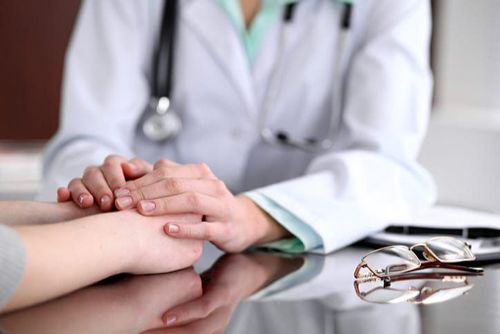
Pay attention to emotional issues. A stroke can lead to emotional problems. Patients who have had a stroke may have difficulty managing their emotions or may express emotions inappropriately under certain circumstances. A common disability that occurs in many stroke patients is depression, a state of being sadder than usual after a stroke. The family needs to care and encourage the patient. Vinmec International General Hospital is one of the hospitals that not only ensures professional quality with a team of leading doctors, modern equipment and technology, but also stands out for its examination and consulting services. and comprehensive, professional medical treatment; civilized, polite, safe and sterile medical examination and treatment space.
Please dial HOTLINE for more information or register for an appointment HERE. Download MyVinmec app to make appointments faster and to manage your bookings easily.







